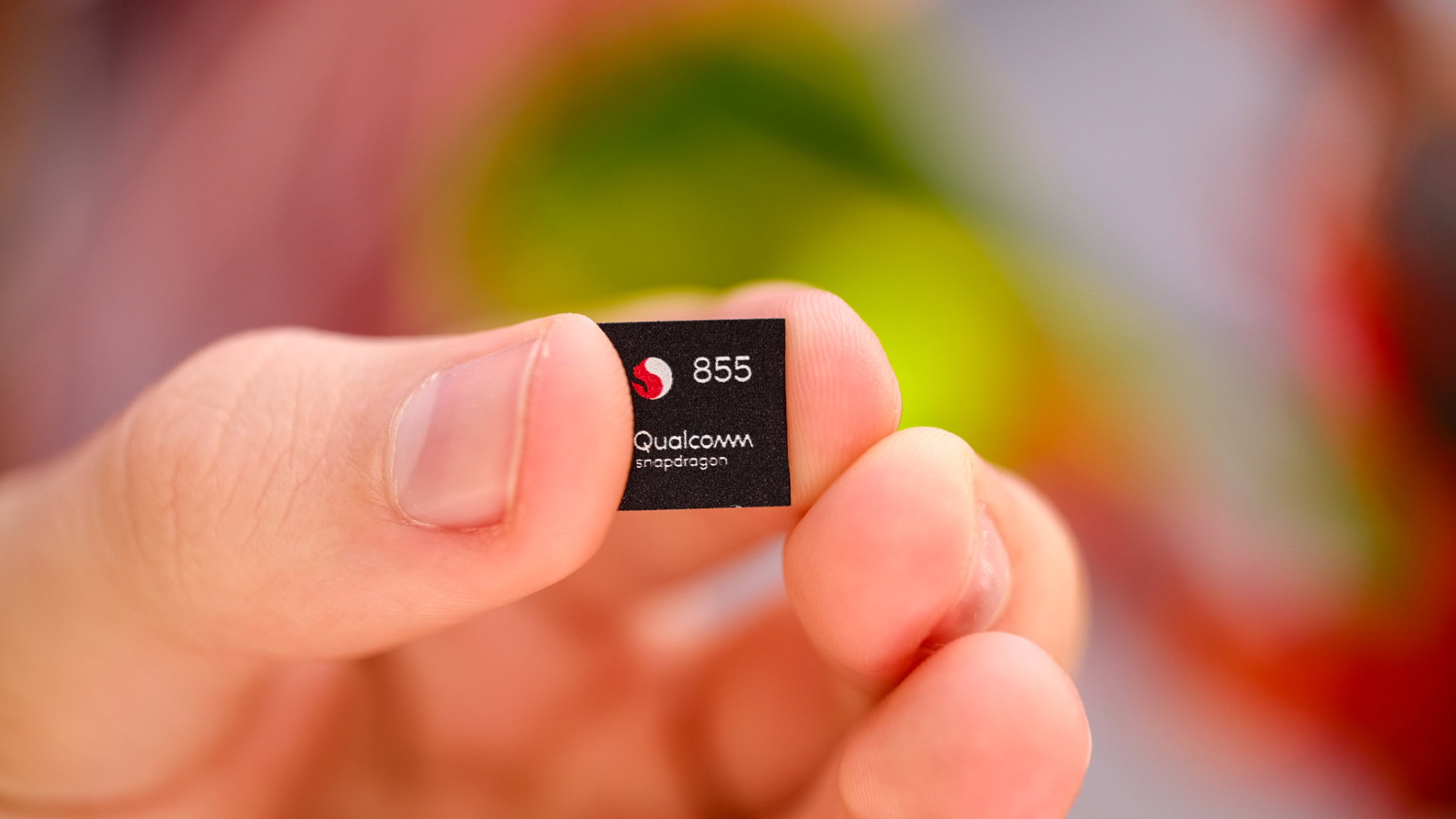
Android smartphone processors come in all shapes and sizes, with everyone from Qualcomm and Mediatek to Samsung and Huawei contributing SoCs over the past decade and a half. In that time, we’ve even seen major players like Texas Instruments, Nvidia, and ST-Ericsson come and go with chips of their own.
We’ve already looked at some of the worst processors in Android history, but what about the other end of the spectrum? Well, this is our look at the best Android processors in history.
1. Snapdragon 800 and 801
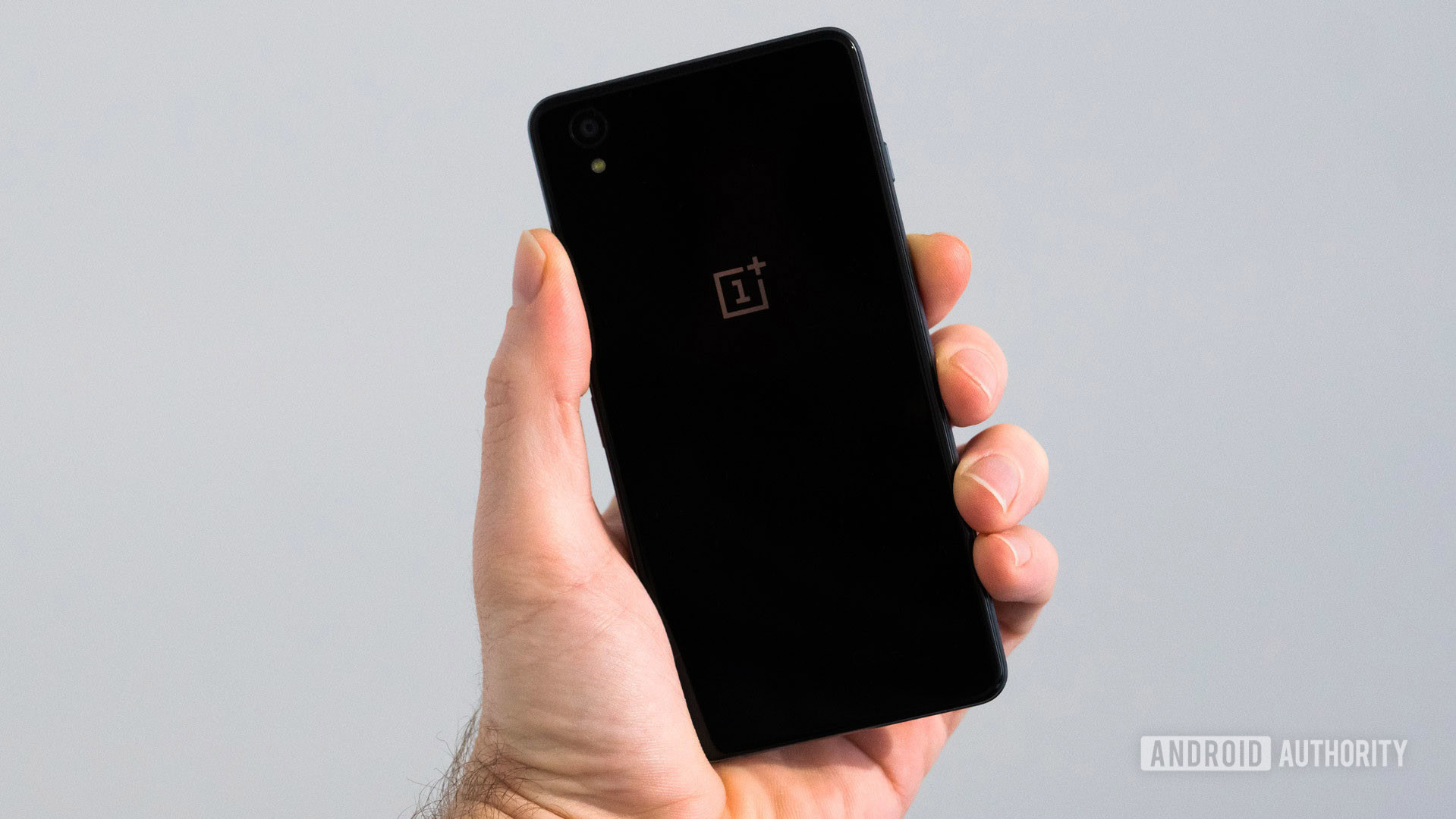
The OnePlus X
2013 marked a time of upheaval in the Android processor space. Nvidia had scaled back its smartphone SoC efforts, Texas Instruments was winding down its mobile operations, and ST-Ericsson’s NovaThor processors were all but dead. Qualcomm was the big beneficiary here, consolidating its Android chipset lead as a result. But you were mistaken if you thought the company would rest on its laurels.
The Snapdragon 800’s arrival in smartphones in 2013 took over from the Snapdragon 600 flagship that powered several flagships earlier that year. While the Snapdragon 600 was a mild upgrade over its predecessor, the Snapdragon S4 Pro, the Snapdragon 800 served up a new CPU and an Adreno 330 GPU said to be over twice as fast as its predecessors (which shared the same GPU).
The Snapdragon 800 and 801 powered some of Android’s most iconic smartphones.
The company would follow up with the Snapdragon 801 in early 2014, which was an iterative upgrade but offered higher CPU and GPU clock speeds and a faster ISP. But no matter which option you picked, you received powerful silicon with plenty of bells and whistles.
The Snapdragon 800 and Snapdragon 801 powered some of the most iconic smartphones in history back in 2013 and 2014. Between the LG G3, OnePlus One, Samsung Galaxy S5, and Sony Xperia Z series, the era served up some stellar handsets. Qualcomm certainly had a part to play in this.
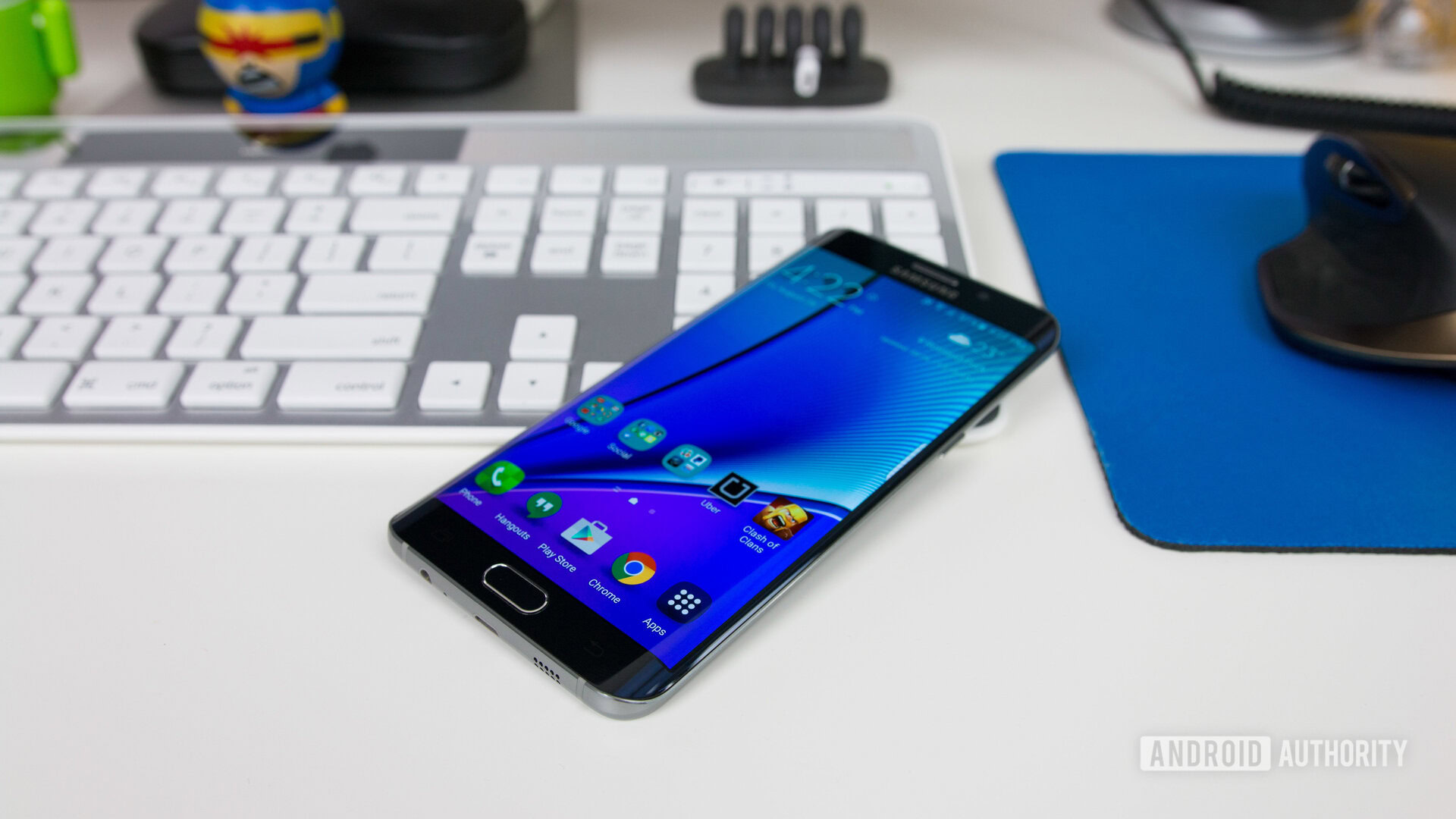
We said a while ago that this might be the greatest Exynos chipset ever made, and we stand by that opinion today. In fact, we’re going so far as to call it one of the best Android processors ever.
The 14nm Exynos 7420 was released in 2015 and was Samsung’s sophomore 64-bit flagship chipset, going up against the 64-bit Qualcomm Snapdragon 810. Unlike Qualcomm though, Samsung delivered a processor that wasn’t prone to overheating. The end result was that Samsung opted to use the Exynos 7420 in the Galaxy S6 series exclusively that year.
More reading: When Samsung’s Exynos was the best flagship chipset for Android
Samsung’s chipset was pretty capable at the time, featuring a 14nm design, octa-core CPU (four Cortex-A57 and four Cortex-A53), and a Mali-T760 GPU. The combo of this processor and Samsung’s leaner software made for arguably the smoothest experience on mainline Galaxy flagships up until that point.
The use of the Exynos 7420 also meant Samsung dodged bad press associated with the overheating Snapdragon 810, as other OEMs like HTC and LG were stuck with the comparatively hot Snapdragon 810 chipset or the less powerful Snapdragon 808 instead.
Notable phones: Meizu Pro 5, Samsung Galaxy S6, Samsung Galaxy Note 5
3. Snapdragon 625
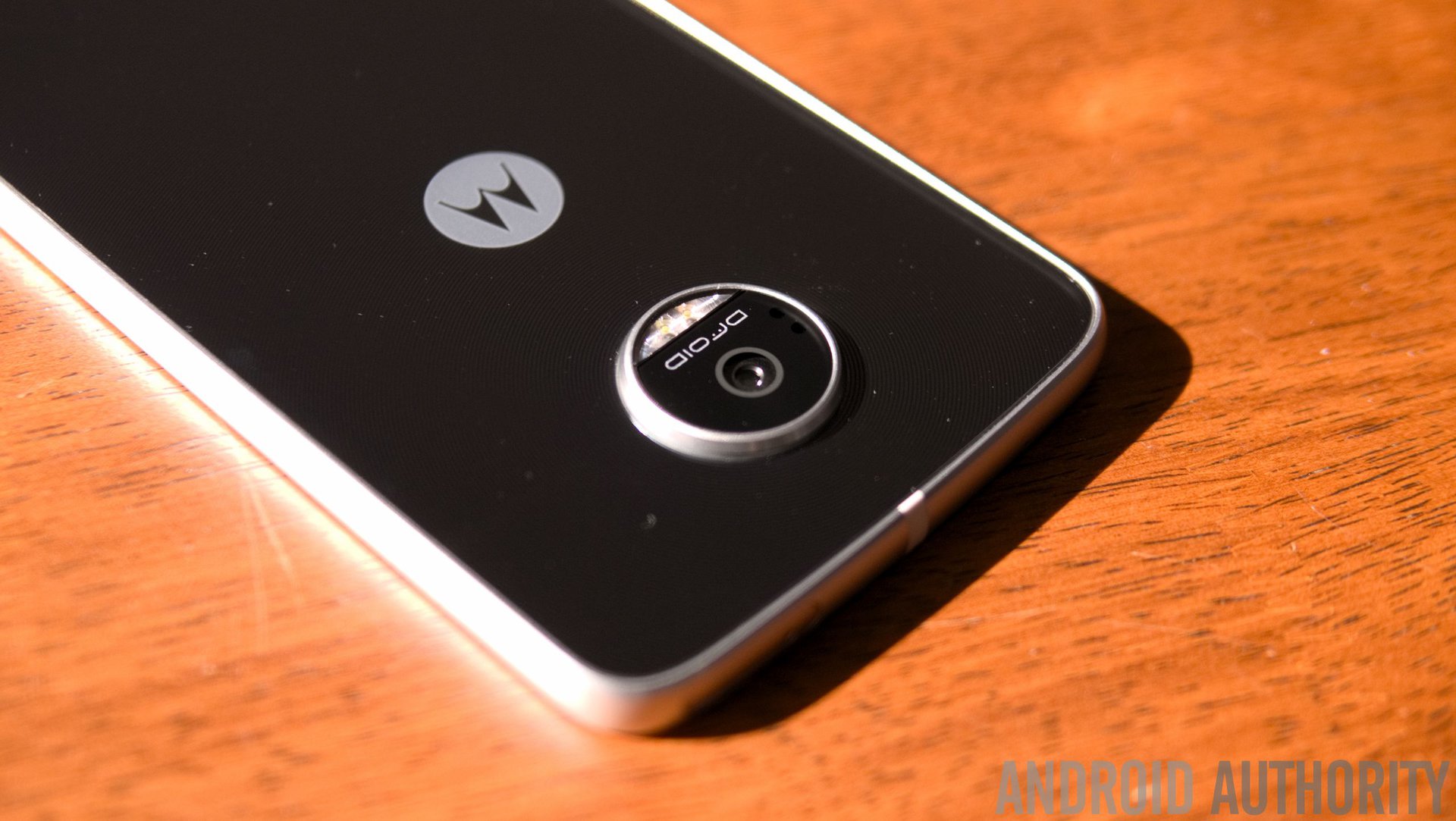
A budget chipset also makes our list of best Android processors, and for good reason. 2016’s Snapdragon 625 may have lacked flagship power, but it became the chipset of choice for OEMs wanting excellent battery life and a respectable level of performance.
The chipset sported excellent endurance and battery life thanks, in particular, to the then-tiny 14nm design and a power-sipping octa-core Cortex-A53 CPU layout. Snapdragon 625 handsets like the Moto Z Play and Redmi Note 4 became renowned for offering two days of battery life, without the massive battery previously required up until that point.
More on Qualcomm: All of Qualcomm’s Snapdragon smartphone processors explained
Unfortunately, the chipset did suffer a little in the horsepower stakes. There were no big CPU cores here and the GPU wasn’t great, but everyday performance was still pretty good for the time.
Xiaomi used the Snapdragon 625 for a ton of phones and there’s even an argument to be made that it stuck to the SoC for way longer than necessary. But it’s a testament to the processor that manufacturers used it for so long. In fact, Qualcomm produced the Snapdragon 450 in 2017, which was essentially a Snapdragon 625 at an even cheaper price. The Snapdragon 450 found its way into devices like the Samsung Galaxy A11, Galaxy A20s, and Redmi 5.
Notable phones: BlackBerry KeyOne, Huawei Nova, Motorola Moto Z Play, Xiaomi Mi A1, Xiaomi Redmi Note 4
4. HiSilicon Kirin 970
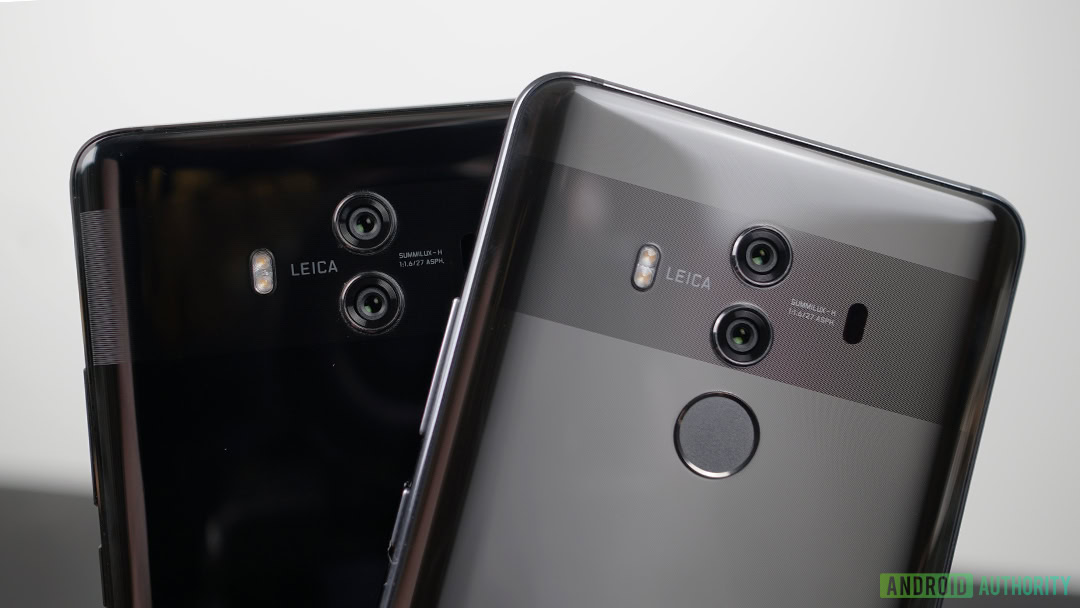
Huawei’s chip design efforts grew at an incredible pace in the 2010s, and the mid-2010s saw it playing catch-up to rivals Qualcomm and Samsung. The company finally brought a competitive CPU to market in 2016 and caught up on the GPU front in early 2017.
The arrival of the Kirin 970 in late 2017 showcased that Huawei was looking to surpass the competition. For the first time in the industry, the chip introduced a neural processing unit (NPU), a dedicated piece of silicon used for machine learning tasks.
More reading: A guide to HiSilicon Kirin processors
The Chinese smartphone maker touted use-cases like scene/image recognition for better photos, offline language translation, better performance management, and noise cancellation. Many of these promoted features didn’t really require dedicated machine learning silicon, but the industry was captivated by the potential of the new hardware.
Huawei beat Apple and the rest of the industry to the AI silicon punch.
Apple unveiled its own machine learning silicon weeks after the Kirin 970’s reveal with the A11 Bionic, while competitive chips from Qualcomm and Samsung arrived the following year. Today, the industry is leaning on AI silicon more than ever for features like real-time speech transcription, object removal, secure authentication, and more. But it was Huawei that was first to offer this hardware.
Notable phones: Honor Play, Honor View 10, Huawei Mate 10 series, Huawei P20 range
5. Mediatek Helio G90T
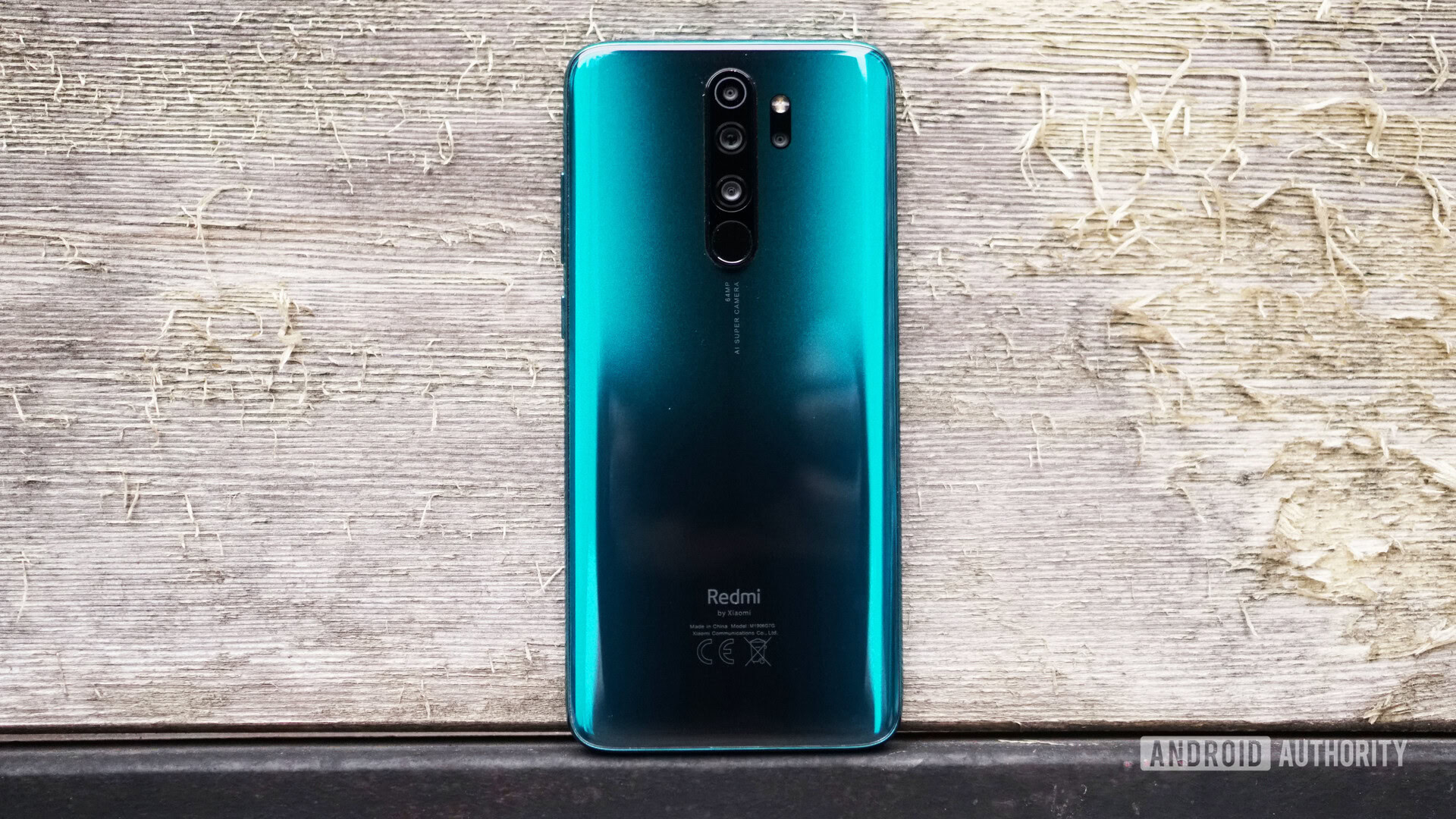
Mediatek was firmly focused on budget and mid-range territory for most of 2019, having skipped flagship SoCs since 2017’s underpowered yet innovative Helio X30. But the Helio G90T, revealed in mid-2019, showed that Qualcomm wasn’t the only quality third-party chipmaker in town.
The Helio G90T was pretty powerful at the time — Mediatek even marketed it as a gaming-focused chipset. In this octa-core setup, you’ve got two Cortex-A76 and six Cortex-A55 cores, along with a rather impressive Mali-G76 MP4 GPU. This graphics part was found in rival flagship chipsets at the time, albeit with more graphics cores.
Related: Everything you need to know about Mediatek processors
Even so, Mediatek’s gaming focus held up. We found that the G90T-toting Redmi Note 8 Pro edged out the Snapdragon 730-powered Mi 9T back in 2019. That was no mean feat, as the Snapdragon 730 powered more expensive upper mid-range handsets. Mediatek would later offer a mildly upgraded SoC called the Helio G95, which found its way into phones like the Realme 7 and Redmi Note 10S. It was possible to play PUBG on the former device with all the settings cranked up.
Bottom line: The launch of the G90T showed that a smooth gaming experience wasn’t just the domain of Qualcomm’s flagship chips and applied to budget-tier phones as well.
Notable phones: Realme 6, Realme 8 (Helio G95), Redmi Note 8 Pro, Redmi Note 10S (Helio G95)
6. Snapdragon 660
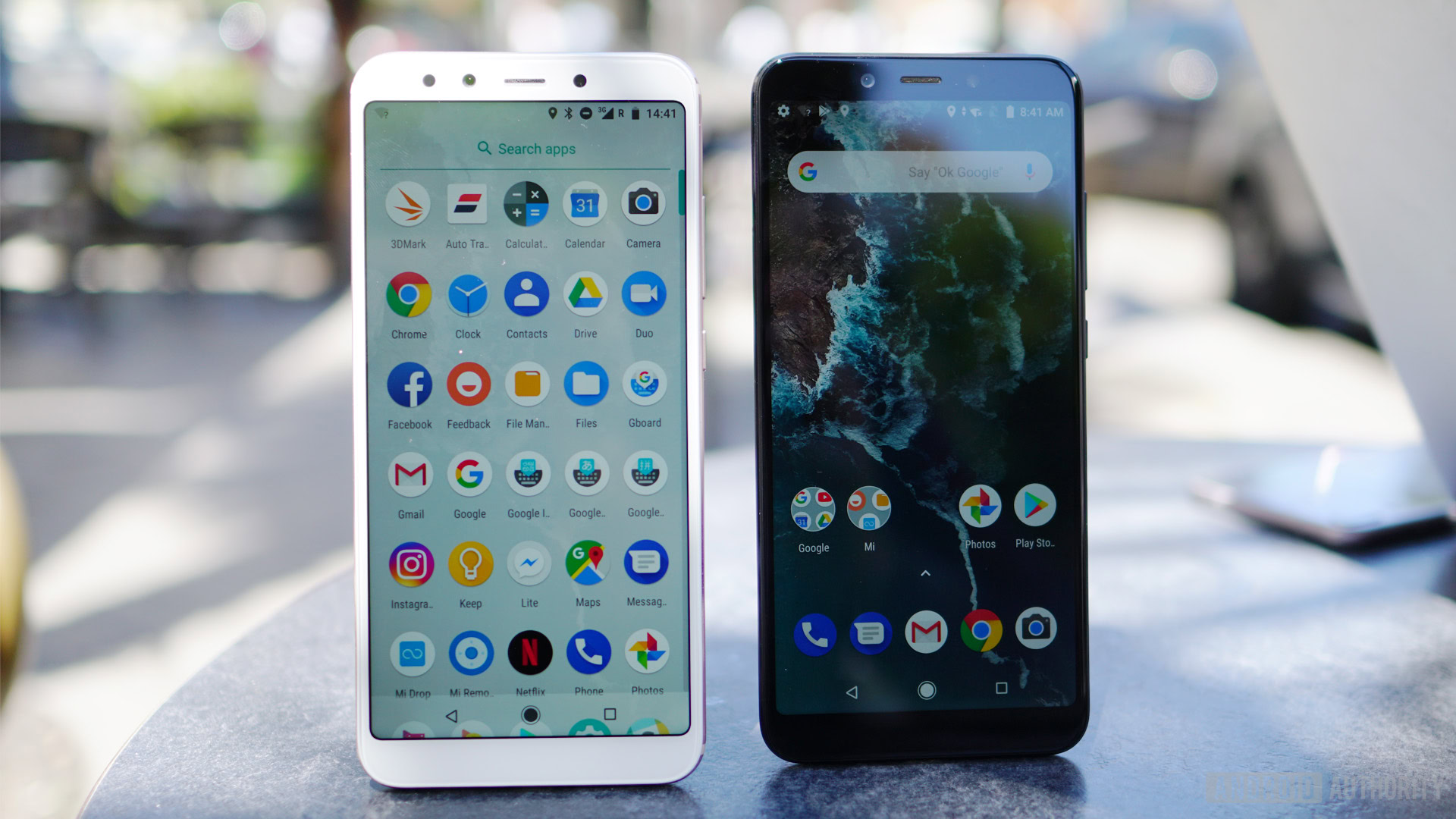
It says a lot about 2017’s Snapdragon 660 that Qualcomm is still offering chips that share some DNA with this design (such as the Snapdragon 662 and Snapdragon 460). The processor marked another big step forward for the mid-range segment, coming roughly a year after the Snapdragon 625.
The 14nm Snapdragon 660 makes our list of the best Android processors as it brought a powerful octa-core CPU with four heavyweight Cortex-A73 cores and four Cortex-A53 cores, blowing the Snapdragon 625’s CPU out of the water. In fact, we still seldom see four performance cores in mid-range processors today. It’s worth noting that this wasn’t the first mid-range Snapdragon chipset with performance cores, but it saw much wider adoption than most previous attempts.
Read more: What is Quick Charge? Qualcomm’s fast charging protocol explained
In some ways, the Snapdragon 660 was a little brother to the Snapdragon 835. Aside from the similar octa-core CPU layout, you also got a Hexagon DSP for the first time in the series, as well as features like Quick Charge 4, Bluetooth 5, and 4K/30fps capture. It’s no wonder that it powered noteworthy phones like the Nokia 7 Plus, Redmi Note 7, and Xiaomi Mi A2.
Notable phones: Blackberry Key2, Nokia 7 Plus, Realme 2 Pro, Xiaomi Mi A2, Xiaomi Redmi Note 7
7. Snapdragon 855
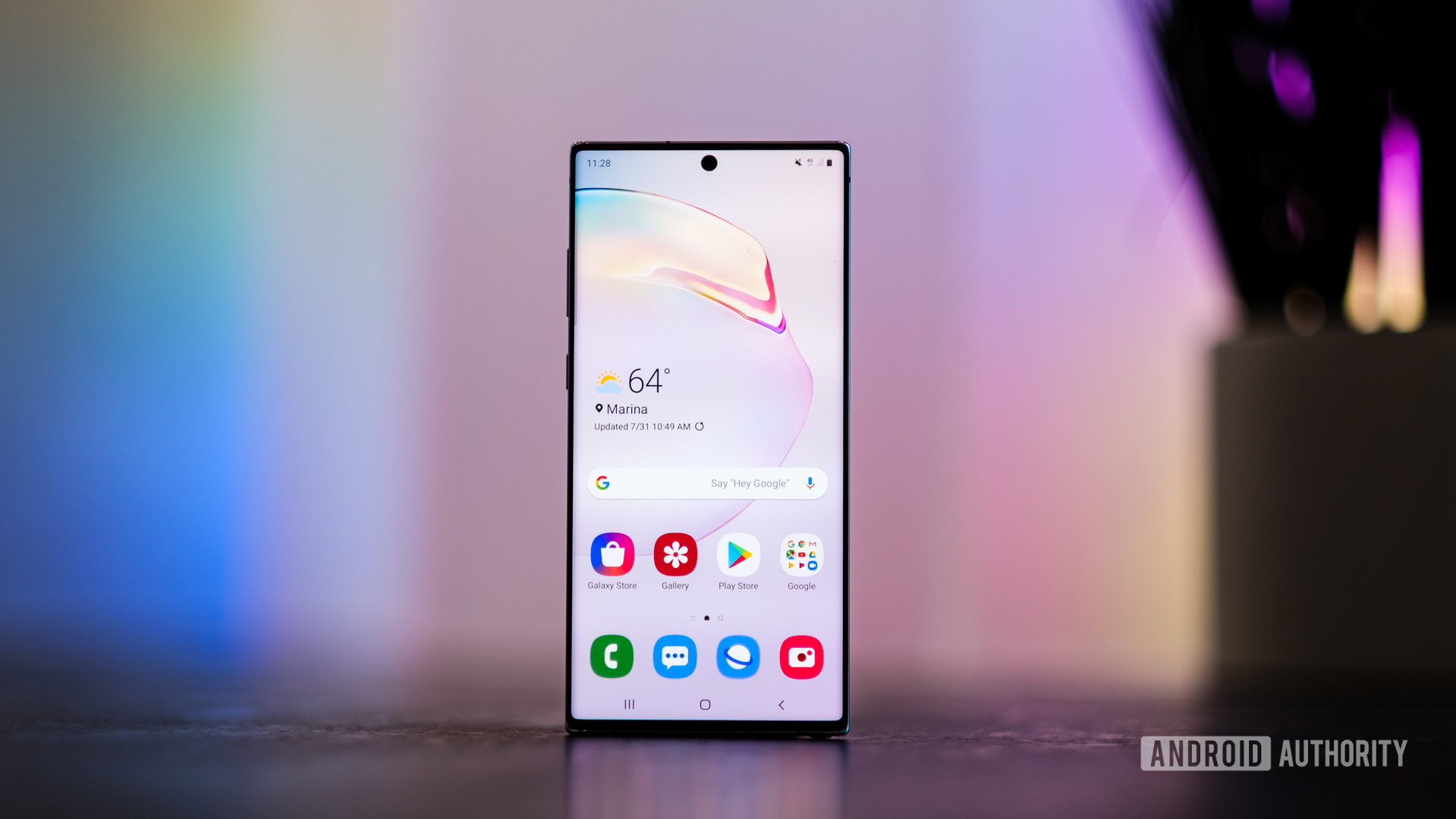
2019’s Snapdragon 855 was the last mainline 4G flagship chipset from Qualcomm and might be the apex of its 4G flagship SoC efforts. More specifically, it offered an integrated LTE Cat 20 modem topping out at 2Gbps for downlink speeds.
The 7nm Snapdragon 855 also offered a number of other company firsts, such as the now-standard tri-cluster CPU arrangement (performance, medium, efficiency cores), a Hexagon Tensor Accelerator chip for improved machine learning, support for Wi-Fi 6, and optional support for an external 5G modem.
More Qualcomm coverage: Samsung Galaxy S22 benchmarked — Snapdragon 8 Gen 1 versus Exynos 2200
Qualcomm’s 2019 flagship SoC also provided a beefy Adreno 640 GPU, 200MP single camera support, Bluetooth 5.1, 4K HDR video capture, and Quick Charge 4 Plus. This all made for one of the most powerful and feature-rich Android processors ever released.
The Snapdragon 855’s performance and feature-set were so impressive that the design is still around today in the form of the Snapdragon 860. The 860 powers the Poco X3 Pro and Xiaomi Pad 5 and is essentially a Snapdragon 855 Plus with even higher clock speeds.
Notable phones: Google Pixel 4 series, LG V50, OnePlus 7 series, Samsung Galaxy S10 family (Snapdragon), Samsung Galaxy Note 10 range (Snapdragon)
8. Snapdragon 765G
Robert Triggs / Android Authority
The 5G era started in 2019 with flagship phones, but you can definitely argue that it kicked off in earnest in 2020 due to the Snapdragon 765G. Qualcomm’s first mid-range 5G processor helped make 5G more mainstream, offering both sub-6GHz and mmWave support and landing in a host of affordable phones that year.
More on 5G: The best 5G phones you can buy right now
Qualcomm’s mid-range silicon delivered an octa-core CPU featuring two Cortex-A76 cores and six Cortex-A55 cores, a way off flagship SoCs but still enough for good everyday performance. The chip also offered premium extras like 4K/60fps support, a 7nm design, Wi-Fi 6, support for a 192MP single camera, and Quick Charge 4 Plus capabilities. In other words, the processor wasn’t a one-trick pony.
Qualcomm’s Snapdragon 765G really helped accelerate affordable 5G.
The Snapdragon 765G wasn’t perfect though, as the GPU was worse than even older flagship silicon. It could still run many games at a smooth frame rate, but it wasn’t ideal for high refresh rates. But the fact that the LG Velvet and Google Pixel 5 used this SoC demonstrated the faith that major manufacturers had in its capabilities.
Notable phones: Google Pixel 5, Google Pixel 5a, LG Velvet, LG Wing, Nokia 8.3, OnePlus Nord
Are there any other all-time great smartphone processors that should be on the list? Let us know by leaving a comment below.



